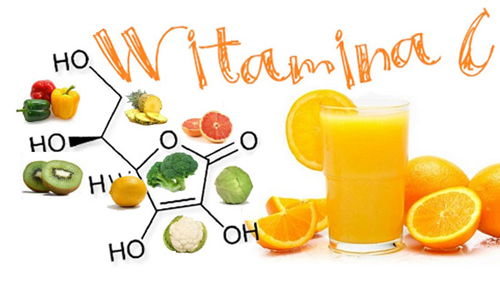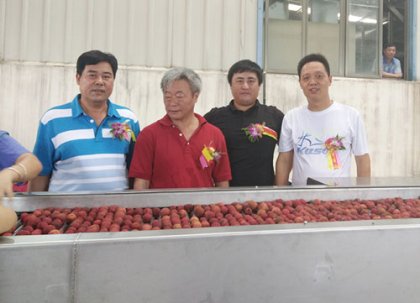How to reduce the nutrition loss in making fruit juice?
Nowadays, more and more people choose to drink fresh fruit juice instead of juice beverages. Fresh fruit juice has more nutritive value, but it still have certain amount of nutrition loss. So, how to reduce the nutrition loss in making fruit juice? How to prolong the preservation time of fresh fruit juice? Here are some tips in making fresh fruit juice.
Nutrition loss in making fresh fruit juice
As research shows, even if you drink the fresh fruit juice right after extracting, there are still some nutrition loss.
For example, the vitamin C in fruit juice will react with oxidase when they contact. But in making fruit juice, the high-speed rotating blades will destroy all the cells, and all contents are mixed up. So vitamin C is easy to contact with oxidase and be destroyed. Another experiment has proved that 80% of vitamin C in cucumbers is destroyed after juicing. This result is the same with tomatoes and cabbages.

Besides, the antioxidant ingredient in fruits and vegetables like flavonoids, anthocyanins will also be destroyed. Many insoluble fibers, calcium and other trace elements will be left in the slag of fruit juice. These nutrient content can prevent Gastrointestinal disease, reduce the risk of cancer, and relieve diabetic’s reliance on medicines. Therefore, Experts recommend people to eat up the residues together with juice.
When we are chewing fruits and vegetables, they are not destroyed as much as the rotating blades. So most of the nutrients have been preserved and get into our body. In this regard, eating fruits directly is more healthy than drinking fruit juice.
How to preserve the nutrition of fresh fruit juice?
Don't throw away the foams in fresh fruit juice
The extracted juice usually have a thick layer of foams on the fresh fruit juice. Some people will dump them because they are tasteless or look ugly. As medical research has proved, these foams contains wholesome enzymes with the function of anti-inflammatory, antimicrobial, blood purifying, boost immunity. These enzymes are easy to dissipate and lose activity, so you should drink them up as quickly as possible.
Don’t throw away the white fibers in oranges
Citrus fruits like orange and grapefruits have a layer of white fibers out of the pulps. They contains vitamin C and bioflavonoids, which are beneficial to our body.

Don’t put fruit juice in aluminum containers
Once you take aluminums into your body, they will damage your brain neuron, causing lags in response and memory loss. And the aluminums are hard to eliminate from your body. The lemon acid, tartaric acid in fresh fruit juice will promote the absorption of aluminum. So never put fruit and vegetable juice in aluminum containers.
Drink the fresh fruit juice right after extraction
To prevent the nutrition in fresh fruit juice from loss, you should drink it right after extracting. So don't extract more than you need. If you can't drink it up in one time, store it in a fridge, and prevent its contact with air. Among all nutrient loss, Vitamin C is the fastest during storage. The loss rate ranges from 20% to 100% under different conditions.
Generally, the higher the acidity of juice, the longer the vitamin C can be preserved. Because under this condition, Vitamin C is the most stable , and the microbes are difficult to multiply. Hawthorn, orange and grape juice can be stored in fridges for 3-5 days after unsealing, while peach and pear juice with low acidity should be drunk up within 2 days.

Dip fruits in hot water before juicing
Dipping the fruits or vegetables in hot water for a while can eliminate most oxidase on them, and soften their tissues. In this way, we can reduce the nutrition loss, increase juice yield, brighten the juice color, and extend the preservation time. For vegetables with low acidity, such as carrots, green vegetables, celery, sweet corns, this step is especially necessary.

Use food processor rather than fruit juicer
In a food processor, the fruit pieces are stirred at high speed in a barrel, while in a fruit juice, the fruit juice is separated from the slag. The former one still contains diet fibers, while the latter one has all the fibers removed. So it is more healthy to use food processor.
Besides, when using food processor, the longer the stirring time, and the higher the rotation speed, the more diet fibers are destroyed. Therefore, experts recommend not to use the highest speed, and stop the machine once the fruits are crushed into pulps. In this way, we can preserve more diet fibers in fruits.

Get in Touch Now!









